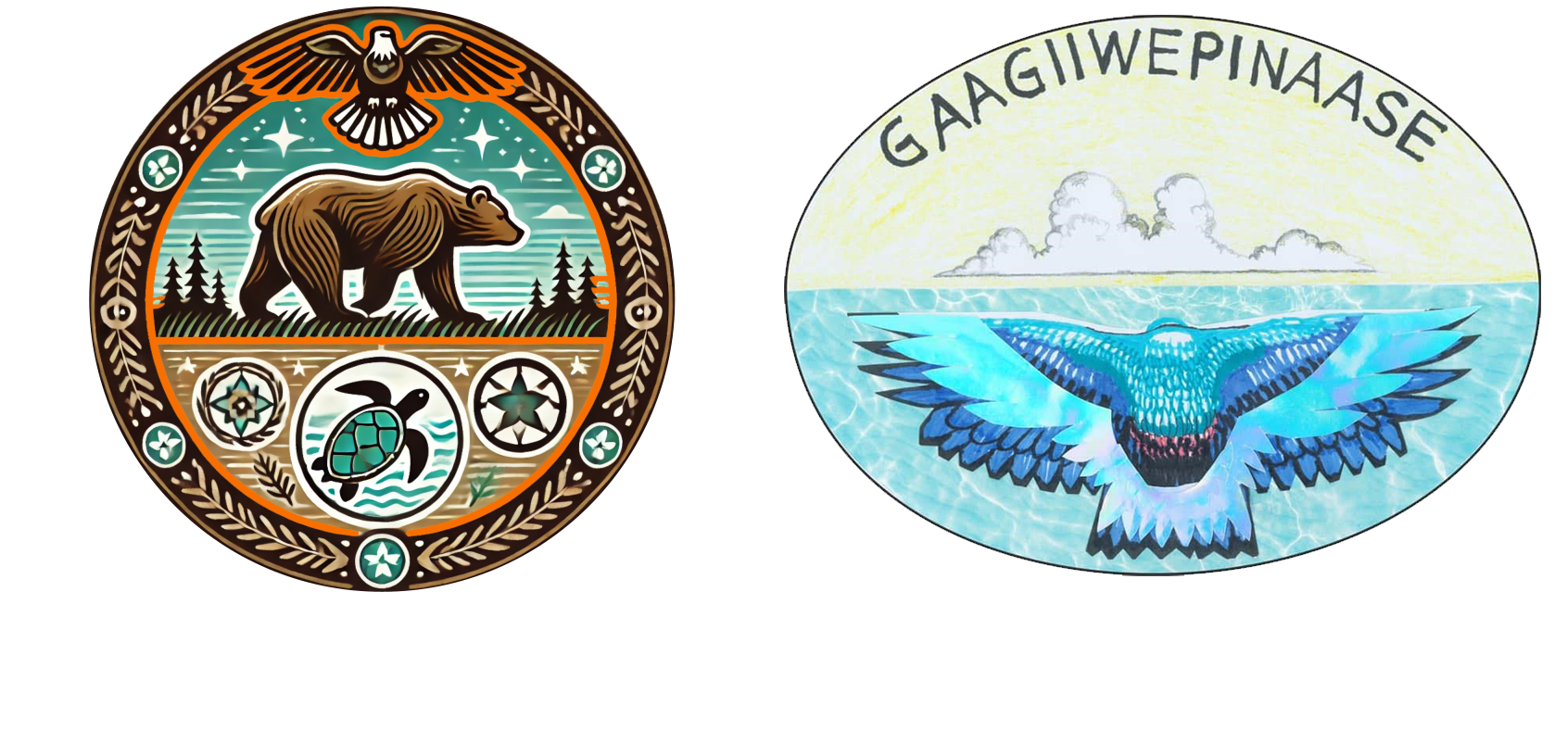Protecting Our Land, Protecting Our People
The health of the land is deeply connected to the health of the people. In Grassy Narrows, this connection is particularly profound. For generations, our community has relied on the forests, rivers, and wildlife of our traditional territory not only for sustenance but for spiritual and cultural well-being. However, environmental damage—particularly the long-term effects of mercury poisoning—has profoundly affected the health and mental well-being of our people.

The Impact of Mercury Poisoning
Since the 1970s, mercury contamination caused by industrial pollution from the Dryden pulp and paper mill has devastated our ecosystem. Fish, once a staple food source, became unsafe to eat. Mercury poisoning continues to impact the physical health of community members, leading to neurological issues, chronic pain, and other health problems. Over 90% of Grassy Narrows residents show signs of mercury poisoning, affecting multiple generations.
This environmental injustice has also deeply affected the mental health of our community. The loss of livelihood, cultural practices like fishing, and the physical health challenges caused by mercury exposure have led to increased rates of depression, anxiety, and suicide in Grassy Narrows. Addressing this crisis is central to our mental health strategy.
Environmental Restoration and Health
Environmental health restoration is not only about cleaning the land but also about healing our people. Collaborative efforts to restore and protect the environment include:
- Monitoring mercury levels: We continue to work with researchers to monitor mercury levels in fish, water, and soil, advocating for solutions and remediation.
- Environmental restoration projects: These initiatives aim to restore habitats, replant native species, and rebuild ecosystems that have been devastated by pollution and industrial activity.
- Community engagement in environmental health: Involving youth in restoration deepens connection to the land and fosters healing.
Healing the Land, Healing Ourselves
In Ojibwe culture, healing is holistic—connecting mind, body, spirit, and land. When the land thrives, so do we. Our environmental health initiatives reflect this by:
- Promoting sustainable land use: Encouraging traditional practices such as harvesting wild rice, berry picking, and hunting in ways that maintain the balance of nature.
- Supporting mental health through connection to nature: Engaging in activities that reconnect our people with the land, such as medicine walks, fishing, and foraging, helps restore a sense of purpose and well-being.
- Restoring traditional ecological knowledge: Revitalizing Indigenous wisdom and land management to guide sustainable practices and strengthen cultural identity.
Community-Led Solutions for a Healthier Future
Grassy Narrows is addressing environmental damage by advocating for justice and holding governments and corporations accountable, aiming for a healthier future.
- Educational programs: Teaching younger generations about the importance of environmental stewardship and the health consequences of environmental damage.
- Cultural revitalization through the land: Encouraging traditional practices that honor our ancestors and sustain our people, while educating the wider community about the cultural significance of environmental preservation.
- Collaborative research: Working with scientists and organizations to develop innovative solutions to mercury pollution and other environmental health issues.
Moving Forward
We envision a future where the land and water of Grassy Narrows are restored to their natural state—where fish are safe to eat, wildlife thrives, and the land provides for our people once again. Healing the land is part of our journey toward healing our community. As we continue to advocate for environmental justice and lead restoration efforts, we invite all who visit Grassy Narrows to understand the importance of this work and join us in protecting the environment for future generations.
